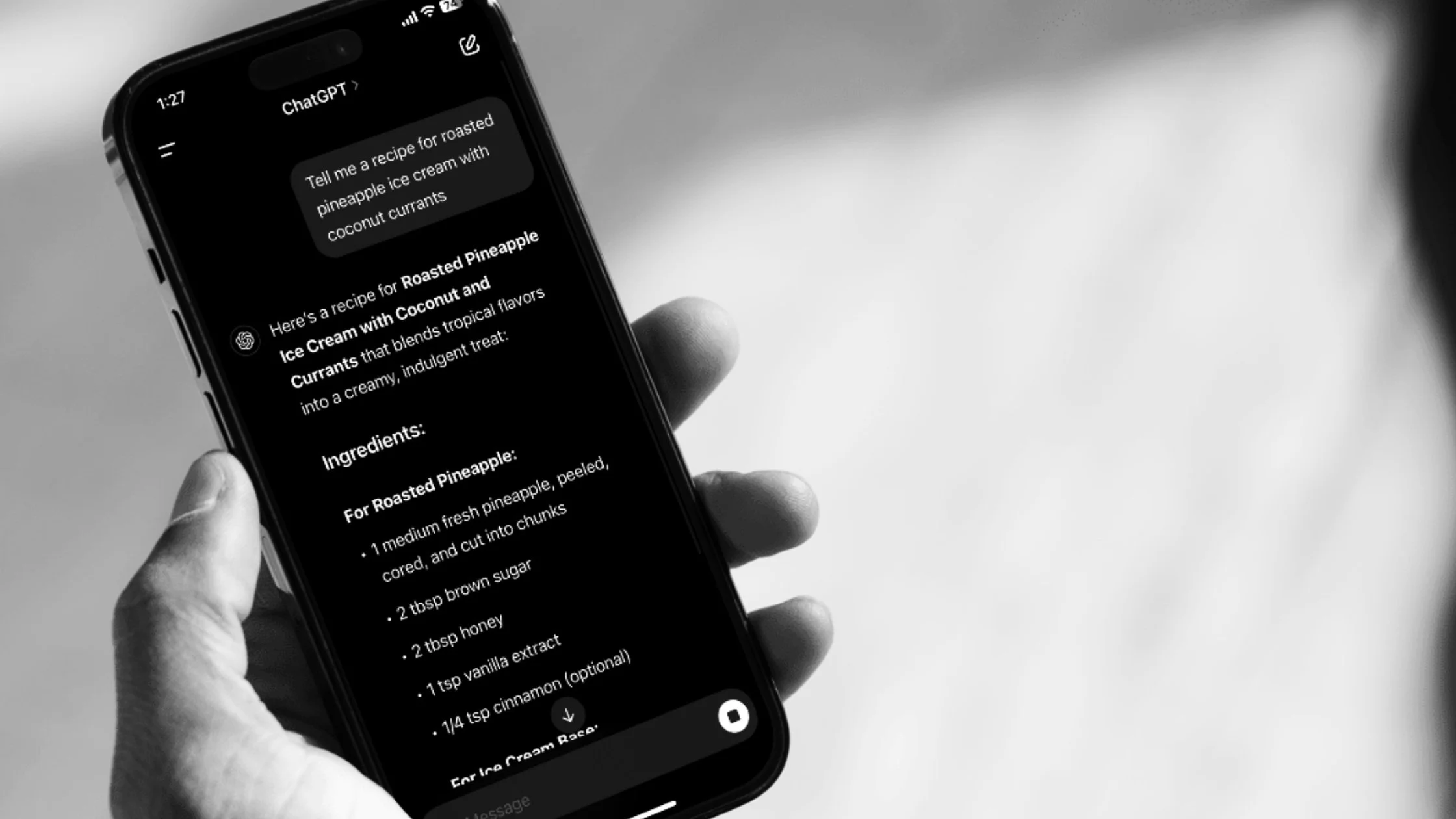5 Essential ChatGPT Prompts Every Chef Should Use
How Chefs Can Use ChatGPT to Revolutionize Their Kitchens
Chefs often juggle a whirlwind of responsibilities, from managing kitchens and crafting menus to staying ahead of trends in the culinary world. In the midst of these challenges, many are discovering a new secret weapon: ChatGPT. This AI-powered tool can enhance creativity, streamline operations, and inspire new ideas. Let’s dive deep into how ChatGPT can become a chef’s ultimate sous-chef with five essential prompts, and explore practical applications, expert tips, and the profound impact this technology can have on culinary professionals worldwide.
The Evolution of Kitchens: From Heat to High-Tech
The kitchen has always been a space of innovation—from fire pits to molecular gastronomy. Today, technology is taking center stage. AI tools like ChatGPT are transforming how chefs approach everything from recipe creation to team management. It’s not about replacing the human touch but enhancing it. By embracing AI, chefs can focus on what they do best: crafting unforgettable dining experiences.
1. Inventing Bold New Recipes
Prompt: “Create a dish using [specific ingredient(s)] inspired by [cuisine or theme]. Include step-by-step instructions, plating suggestions, and pairing recommendations.”
Why It’s a Game-Changer:
Even the most seasoned chefs hit creative blocks. ChatGPT serves as a brainstorming partner, helping you think outside the box and generate ideas that surprise and delight diners.
Real-World Application:
Imagine you’re a chef preparing for a seasonal tasting menu. By asking ChatGPT to create a dish featuring truffles and inspired by Japanese cuisine, you might receive suggestions like “Truffle-infused dashi broth with tempura-fried mushrooms.” ChatGPT can even recommend pairing it with a sake that highlights the dish’s umami notes.
Pro Tip:
Experiment with unconventional pairings in your prompt. For example, “Create a dessert featuring miso and chocolate inspired by French patisserie.” You’ll uncover flavor profiles you hadn’t considered before.
2. Crafting Stunning Menus
Prompt: “Design a [number]-course menu for [occasion/audience], with each dish highlighting [specific elements]. Include brief, enticing descriptions for diners.”
Why It’s a Game-Changer:
Menus are more than lists of dishes; they’re narratives that guide diners through an experience. ChatGPT helps chefs create cohesive, engaging menus tailored to specific events or themes.
Real-World Application:
For a Valentine’s Day dinner, you could use ChatGPT to design a romantic five-course menu with aphrodisiac ingredients. The AI might suggest dishes like “Oysters with Champagne granita” or “Chocolate fondant with a chili-infused caramel center.” It even provides enticing descriptions for your marketing materials.
Pro Tip:
Ask ChatGPT to align menu items with dietary preferences or restrictions. For example, “Create a vegan 3-course menu for a spring wedding, highlighting seasonal produce.”
3. Optimizing Kitchen Workflows
Prompt: “Outline a plan to improve workflows in a [type of establishment] kitchen. Include strategies for reducing waste, enhancing collaboration, and speeding up prep work.”
Why It’s a Game-Changer:
A well-organized kitchen is the backbone of any successful restaurant. ChatGPT provides actionable insights to streamline operations, reduce costs, and improve team efficiency.
Real-World Application:
For a high-volume casual dining kitchen, ChatGPT might suggest implementing color-coded prep stations, optimizing ingredient storage to reduce waste, and using scheduling software to better coordinate shifts.
Pro Tip:
Ask ChatGPT for advice on specific challenges, like reducing downtime during off-peak hours or optimizing workflow for a small kitchen space.
4. Training and Developing Teams
Prompt: “Develop a training guide for junior chefs on [specific skill or technique]. Include clear objectives, step-by-step instructions, and common pitfalls to avoid.”
Why It’s a Game-Changer:
Great kitchens are built on great teams. Structured training ensures consistent quality and helps junior chefs grow into confident, skilled professionals.
Real-World Application:
A training guide on classic French sauces might include step-by-step instructions for making velouté, béchamel, and hollandaise. ChatGPT can highlight common mistakes, like overheating the hollandaise, and offer troubleshooting tips.
Pro Tip:
Use ChatGPT to create quizzes or tests for your team. For instance, “What are the key steps to perfecting a beurre blanc?”
5. Staying Ahead of Trends
Prompt: “Analyze current culinary trends in [specific region or cuisine] and suggest how a [type of restaurant] can adapt. Include examples and potential challenges.”
Why It’s a Game-Changer:
The culinary world evolves quickly, and staying relevant is key. ChatGPT provides insights into emerging trends, helping chefs innovate while staying true to their brand.
Real-World Application:
For a fine-dining restaurant, ChatGPT might analyze trends like foraged ingredients or zero-waste cooking. It could suggest creating a tasting menu that celebrates hyper-local produce while highlighting sustainable practices.
Pro Tip:
Ask ChatGPT to research trends in specific demographics, such as “What dishes appeal most to Gen Z diners in urban settings?”
The Future of Culinary Innovation
ChatGPT isn’t just a tool; it’s a partner in your culinary journey. By integrating AI into your workflow, you can save time, spark creativity, and offer unforgettable dining experiences. From ideation to execution, ChatGPT is your digital sous-chef, helping you stay sharp and innovative in a competitive industry.
Final Thought: The kitchens of the future will be a seamless blend of tradition, technology, and creativity. Chefs who embrace tools like ChatGPT today are not just preparing meals—they’re shaping the future of food.
